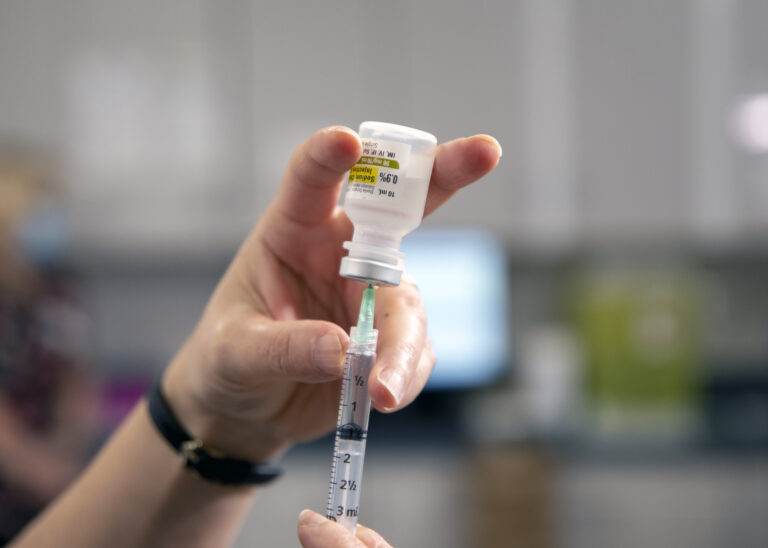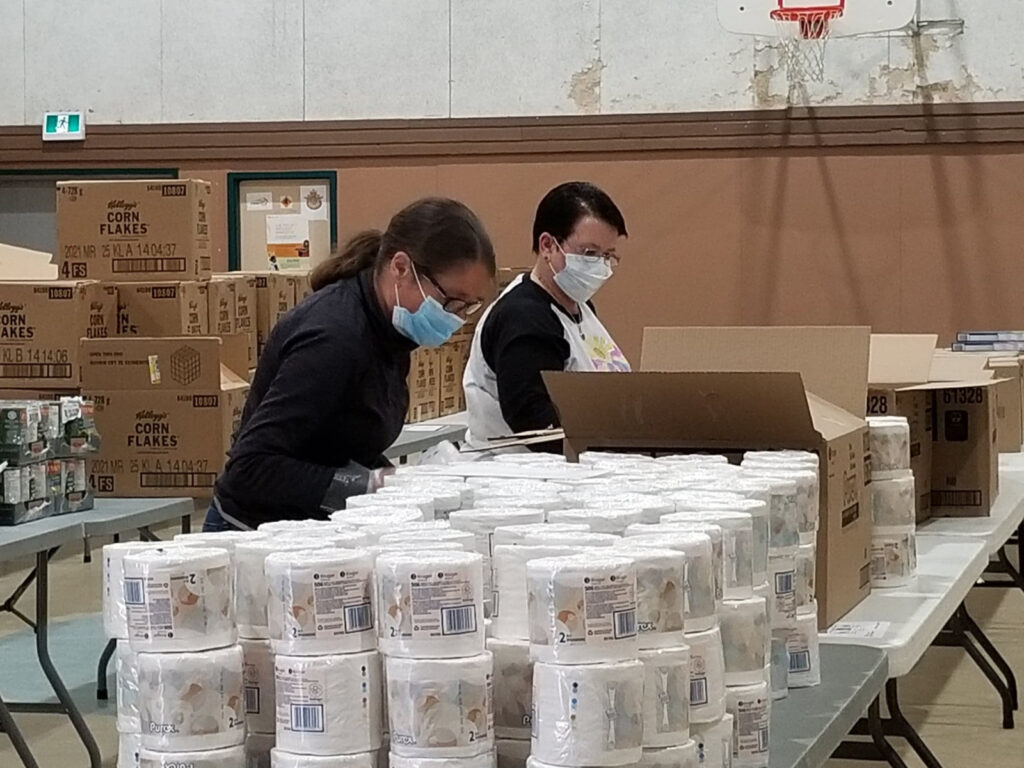
Although Saskatchewan has rescinded all public health orders — including the province wide mandatory masking requirement — after ending its state of emergency on Sunday, several northern communities will still require masks in public spaces.
In a memo July 9. Athabasca Basin Health Authority (ABHA) executive director of primary health care Taiwo Olubanwo encouraged northerners to continue to follow COVID-19 guidelines and take precautions to avoid spread of the disease until a higher vaccination rate is reached.
“Soon, most of the COVID-19 related restrictions will be lifted in Saskatchewan. This is because the number of individuals who received the COVID-19 vaccine is encouraging especially in the southern part of Saskatchewan. This fact is not so in the northern part of Saskatchewan,” Olubanwo wrote.
“In most of the communities in the Athabasca Basin, the number of individuals known to be fully vaccinated is still very low — at 25 per cent as of July 9, 2021. For example, in Black Lake only one in eight persons is fully vaccinated, while one in four persons living in Fond Du Lac is fully vaccinated, unlike the provincial rate where at least 45 per cent has been fully vaccinated as of July 9.”

Minister of National Defence Harjit Sajjan said Canadian Forces Rangers were deployed on July 9 to help with a “challenging” COVID-19 outbreak at the Hatchet Lake First Nation near the hamlet of Wollatson Lake.
“Rangers will be activated in the area to help community members limit the spread of the virus,” Sajjan said.
In a press conference on July 7, Saskatchewan Health Authority CEO Scott Livingstone said the SHA has offered to help First Nations health teams on the ground.
The SHA said it has “activated surge capacity” and additional staff have been mobilized from both the Northern Inter-Tribal Health Authority and Indigenous Services Canada, Livingstone said. Contact tracing and isolation of cases in close contact are underway.
The Lac La Ronge Indian Band (LLRIB) will continue to observe COVID-19 safety protocols in the workplace. Mandatory masking and physical distancing is required within all LLRIB businesses and facilities until further notice.
“Due to lower vaccination rates in our communities, it has been strongly recommended by our medical health officer with NITHA that First Nations in Saskatchewan consider a more cautious approach to re-opening compared to the rest of Saskatchewan,” the LLRIB said in a media release.
“Therefore, the LLRIB will continue to observe safety protocol as mentioned in the Preventing COVID-19 in the Workplace Policy. Immunization continues to be the most important measure that can be taken to stop the spread of COVID-19 in First Nations communities.”

The English River First Nation in northwest Saskatchewan continues to require that people wear masks, social distance and use hand sanitizers in all public spaces. Those rules will stay in place until 85 per cent of residents have received their second dose of the COVID-19 vaccine.
The Town of La Ronge in the northeast and Northern Village of La Loche in the northwest are also behind provincial vaccination rates.
On June 26, La Loche reported that it had the highest COVID-19 cases and the lowest vaccination rates in the north — and has since held a number of vaccination clinics to improve those numbers.
Although 75 per cent of residents in La Ronge and Air Ronge had their first shot as of June 30, those numbers dropped for residents under 40 years old, who had not yet reached 70 per cent.
